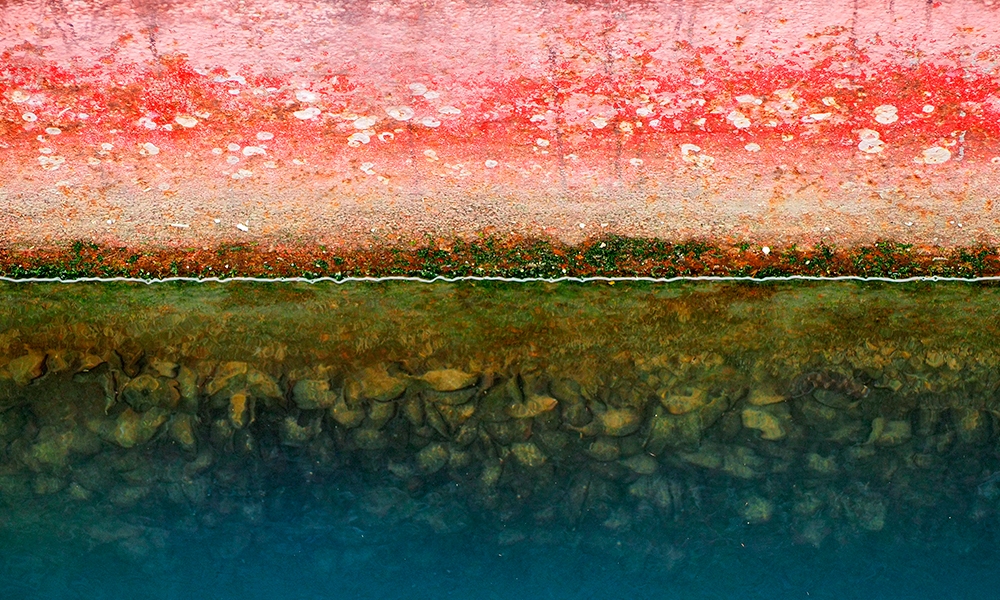
Welcome to our new website, a direct line of communication designed to enhance business relationships by providing a clear and transparent overview of our work.
Our entire company staff are excited about taking up this new challenge, aware that new technologies are the key to continuing to offer the very highest quality and effectiveness in our services.


Why does a vessel’s hull have to be checked?
Maintaining a boat is key to prolonging its life and sailing safely and securely. It’s a constant process that requires time to check everything involved in sailing and possible damages caused both at sea and in port. In this context, checking the hull or frame of the boat is essential to ensure aspects such as waterproofing. Whether it’s made of wood, iron, concrete or fibreglass, its maintenance is vital to sail properly and avoid breakdowns or spills, among other problems.
To alleviate these menaces, our company offers a hull revision service for boats by underwater inspection, carried out by a team of professional divers with extensive experience in the Strait of Gibraltar area. Their maintenance and inspection activity acts as clear protection against unnecessary strandings that may delay operations, resulting in unforeseen costs, environmental losses and other worse dangers (like sinking).
Among the main concerns and important aspects regarding the ship’s condition are corrosion or poor hull coverings. However, applying specific techniques works as a control mechanism when facing degradation through use or exposure. This can, for example, reduce the roughness of the hull and ultimately, reduce the ship’s consumption, emissions and costs.
In addition to situations resulting from poor or no maintenance, ships face environmental factors such as weather, waves, impacts, wear from the loads they carry, etc., which also leave their mark on ships and their condition.
Cathodic protection and fouling
Cathodic protection is one of the main techniques used to combat corrosion. Its function is preventing the electrochemical reactions that corrode the metal comprising the structure or hull of the ship (seawater is a major corrosive electrolyte due to its high salt content). In summary, it’s a system that allows us to extend the useful life of structures.
Fouling (the adhesion and growth of marine plants and animals on ship hulls) is also a considerable factor in a ship’s conservation, since, among other results, it makes navigation difficult and increases maintenance costs. The use of coatings and cathodic protection is essential to reduce or eliminate the consequences of corrosion and fouling.
We, at Salama, a bunkering agency in Ceuta also offering other maritime services, advise you to regularly monitor the state of your vessel, assessing aspects such as the result of anti-corrosion systems, the effectiveness of anti-fouling coatings, and the changes or repairs required in case of degradation, fissures or cracks in the hull.